First Edition of World Watch Day: ten watches that shaped history and can still be worn today
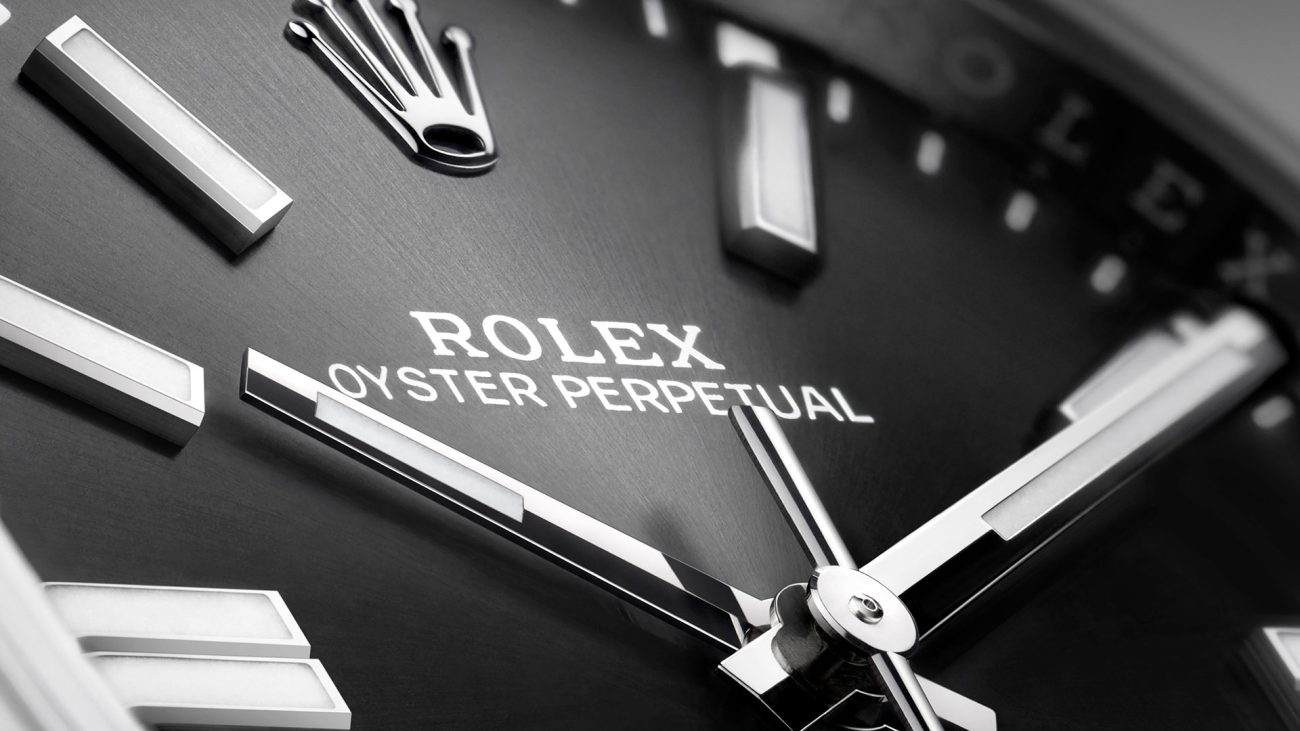
The First Edition of World Watch Day is the perfect opportunity to celebrate time not just as a measure, but as a symbol of style, precision, and audacity. Some watches have not only marked history through their mechanics: they have also redefined our vision of luxury, innovation, and masculine elegance. Launched in 2022 by Le Figaro, this initiative has grown over the years with the support of eight major players in global watch culture — Arc Horloger, the Fondation de la Haute Horlogerie, the Grand Prix d’Horlogerie de Genève, the Fondation The Watch Library, the Fondation Horopedia, the Horological Society of New York, Europa Star, and Hantang Culture — and has taken shape in recent months.
To celebrate this global day of time, we have selected ten iconic watches that have marked the history of watchmaking. Each tells a unique story, reflects an era, and embodies a legacy that can still be worn today on the wrist, with panache, refinement, and audacity.
The ten iconic watches that shaped watchmaking history according to Gentologie
1. Rolex Oyster — The unisex pioneer of waterproof watches (1926)

The Rolex Oyster was not just a watch, but a true horological revolution that redefined the wristwatch. Introduced in 1926, it featured the first truly waterproof case, with a screw-down caseback and crown, capable of resisting water and dust like no other watch of the time. Designed for all wrists, the model offered larger versions for men and smaller versions for women, making the Oyster a truly unisex icon. Its impact was historic: on October 7, 1927, Mercedes Gleitze swam across the English Channel wearing an Oyster, proving its legendary robustness. Wearing an Oyster on the First Edition of World Watch Day celebrates innovation, reliability, and timeless elegance, while affirming a style that transcends gender and eras.
2. Omega Speedmaster Professional “Moonwatch” — Conquering space (1957)

The Speedmaster is not only the watch of space exploration; it has become the symbol of human audacity. Selected by NASA after extreme tests of temperature, shocks, and pressure, it accompanied every Apollo mission and became the first watch worn on the Moon by Buzz Aldrin in 1969. Every detail, from the contrasting black dial to the luminescent hands, demonstrates its essential function for astronauts. It embodies the pioneering spirit and absolute precision. Wearing a Speedmaster on the First Edition of World Watch Day is to wear a piece of exploration history, a watch that tells the story of courage, innovation, and mastery of time on Earth and in space. It even saved the lives of Apollo 13 astronauts, as detailed in this article.
3. Audemars Piguet Royal Oak — Luxury in steel (1972)

The Royal Oak transformed the watch industry by introducing the concept of luxury watches in steel. Designed by Gérald Genta, its octagonal bezel with visible screws and integrated bracelet created a style both avant-garde and refined. At a time when gold dominated the luxury market, this bold choice revolutionized the codes of the industry and inspired generations of prestigious sports watches. The Royal Oak embodies the perfect balance of innovation and tradition. On the First Edition of World Watch Day, it reminds us that design can be radical while remaining a symbol of masculine sophistication. Wearing a Royal Oak showcases refined taste and an eye for architectural luxury details.
4. Cartier Santos-Dumont — Elegance above the clouds (1904)

Designed for aviator Alberto Santos-Dumont, the Santos watch was one of the first wristwatches for men. It allowed quick access to the time without leaving the controls of the plane, combining utility and style. Its unique design, with visible screws and geometric lines, has stood the test of time without losing its modernity. The Santos is a watch that tells the story of aviation and watchmaking innovation. For the First Edition of World Watch Day, the Santos-Dumont illustrates how a functional invention can become a symbol of refinement, suited to the contemporary man who appreciates both history and aesthetics.
5. Patek Philippe Calatrava — The purity of time (1932)
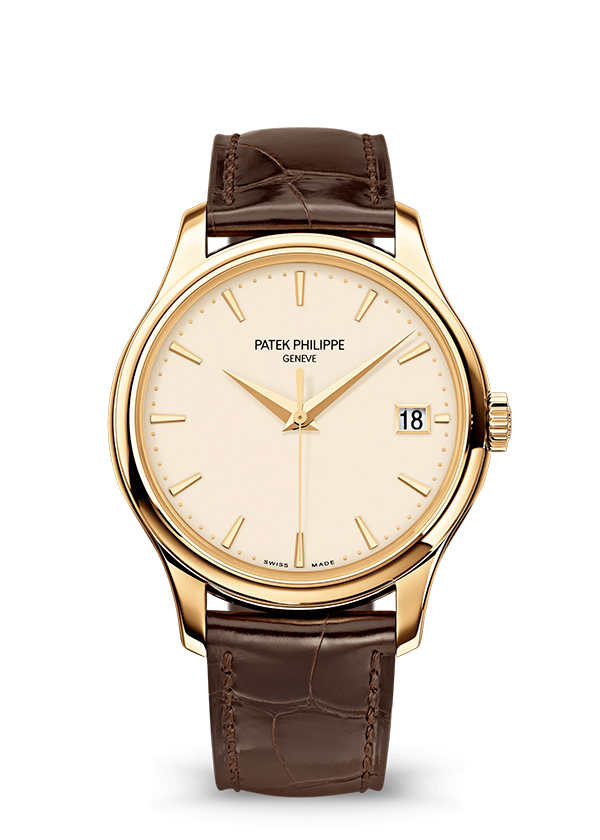
The Calatrava embodies absolute elegance. Inspired by the Bauhaus, it prioritizes simplicity and harmony, offering a perfect balance of readability and style. Its understated design hides exceptional mechanical complexity and reliability, making each Calatrava a miniature work of art. Launched in 1932 with reference 96, it has remained relevant across generations. On the First Edition of World Watch Day, the Calatrava symbolizes timelessness, discreet refinement, and artisanal excellence, a true tribute to sophisticated masculine elegance.
6. TAG Heuer Monaco — The spirit of speed (1969)
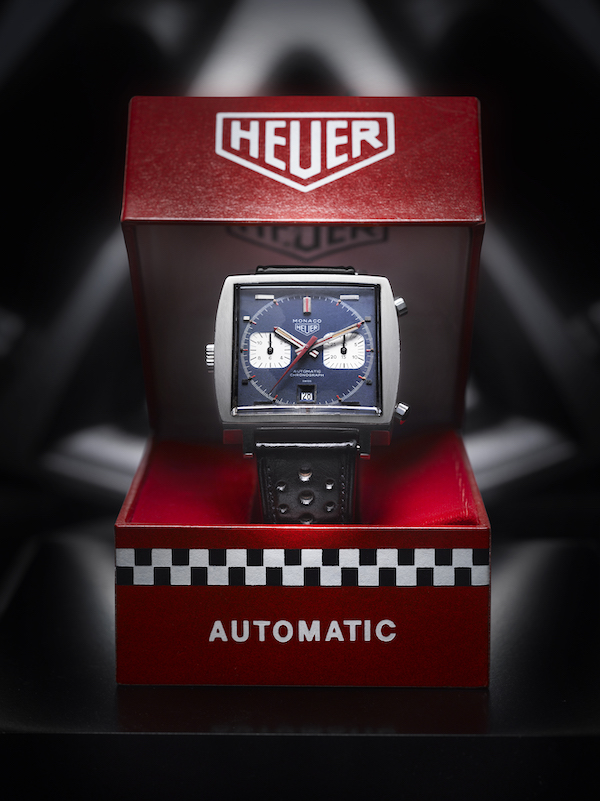
The Monaco, detailed here, immediately stands out with its square case and deep blue dial. The first automatic square watch with a chronograph, it transcends conventions and embodies the allure of motorsport. Immortalized by Steve McQueen in the film Le Mans (1971), it represents courage, audacity, and style. Wearing it on the First Edition of World Watch Day celebrates both technical innovation and a lifestyle marked by freedom and determination.
7. Jaeger-LeCoultre Reverso — Ingenious elegance (1931)
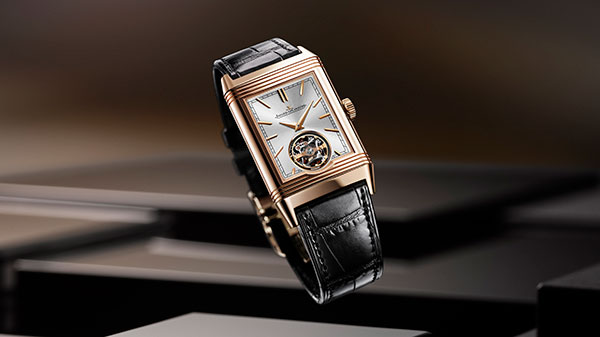
The Reverso was designed to protect its dial during polo matches, thanks to its ingenious reversible mechanism. The combination of its rectangular case and Art Deco style gives each Reverso sophistication and utility, making it a true mechanical work of art. Today, it is famously worn by Lenny Kravitz, illustrating how this historic model has become a contemporary style icon.

Wearing a Reverso on the First Edition of World Watch Day symbolizes intelligence in design, exceptional craftsmanship, and refined masculine taste, connecting the past of horology with today’s style.
8. Breitling Navitimer — Aviation on the wrist (1952)
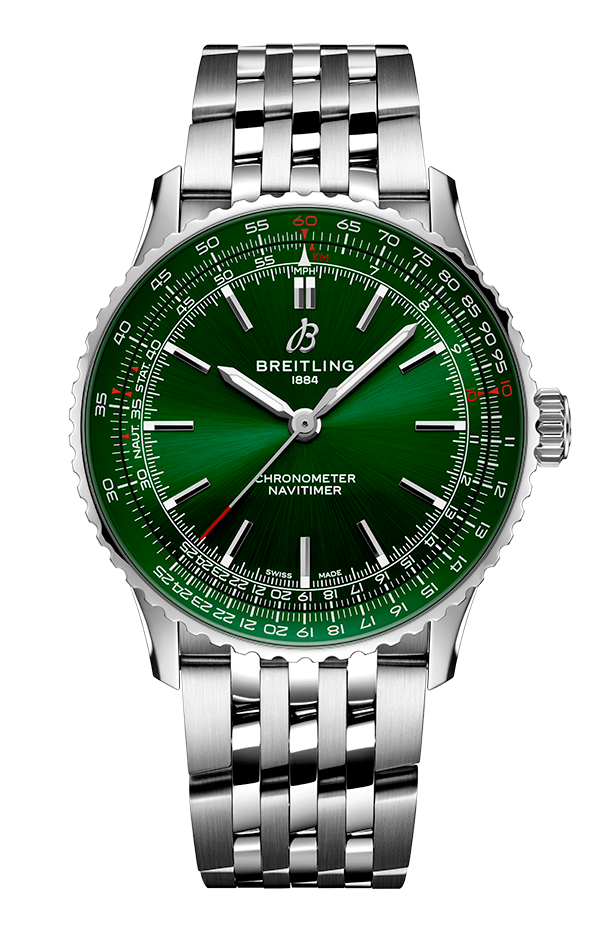
Designed for pilots, the Navitimer incorporates a slide rule that allows complex aeronautical calculations to be performed in flight. Its complex and detailed dial, precise movement, and legibility make it an indispensable tool for aviation, while also appealing to enthusiasts of mechanics and history. It embodies boldness and precision, two fundamental values in the contemporary world. On the occasion of the first Edition of World Watch Day, the Navitimer illustrates the perfect marriage of technicality, aesthetics, and historical heritage, reminding us that every watch can be both an instrument and a work of art.
9. Panerai Luminor — Italian military heritage and the rise of large watches (1950)

The Luminor is distinguished by its crown-protecting bridge and imposing case, originally designed for Italian Navy commandos. It popularized large-format watches, changing aesthetic standards and establishing a new wrist presence (see our detailed analysis here). I

ts readability and robustness made it a favorite among elite divers, while its iconic design inspired a generation of bold watches. On the First Edition of World Watch Day, the Luminor reminds us that strength, heritage, and style can coexist in a modern watch.
10. Tudor Black Bay — Revisiting historical dive watch heritage (2012)
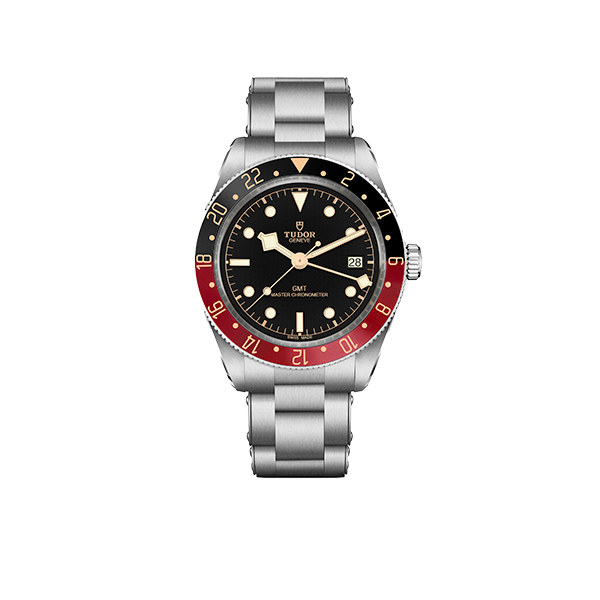
Although more recent, the TUDOR Black Bay draws directly from iconic Tudor Submariner and Oyster Prince models, as well as its sister company Rolex. Worn by personalities such as Lionel Messi and David Beckham, these watches established the brand’s reputation among professional divers and naval forces between the 1950s and 1990s. Featuring a robust case, rotating bezel, and signature “snowflake” hands, the Black Bay combines historical reliability with modern, refined design. On the First Edition of World Watch Day, it demonstrates how watchmaking can honor its past while embracing the future, merging tradition and innovation.
Conclusion: Celebrating the art of time on the First Edition of World Watch Day
These ten watches go beyond mere timekeeping. They embody stories, set trends, and convey timeless values. On the First Edition of World Watch Day, they remind us that true luxury lies in attention to detail, precision, and style. Wearing one of these pieces perpetuates the heritage of watchmaking while asserting a refined, masculine, and contemporary identity, celebrating every moment with audacity and elegance.
Learn more about this day via this link.




